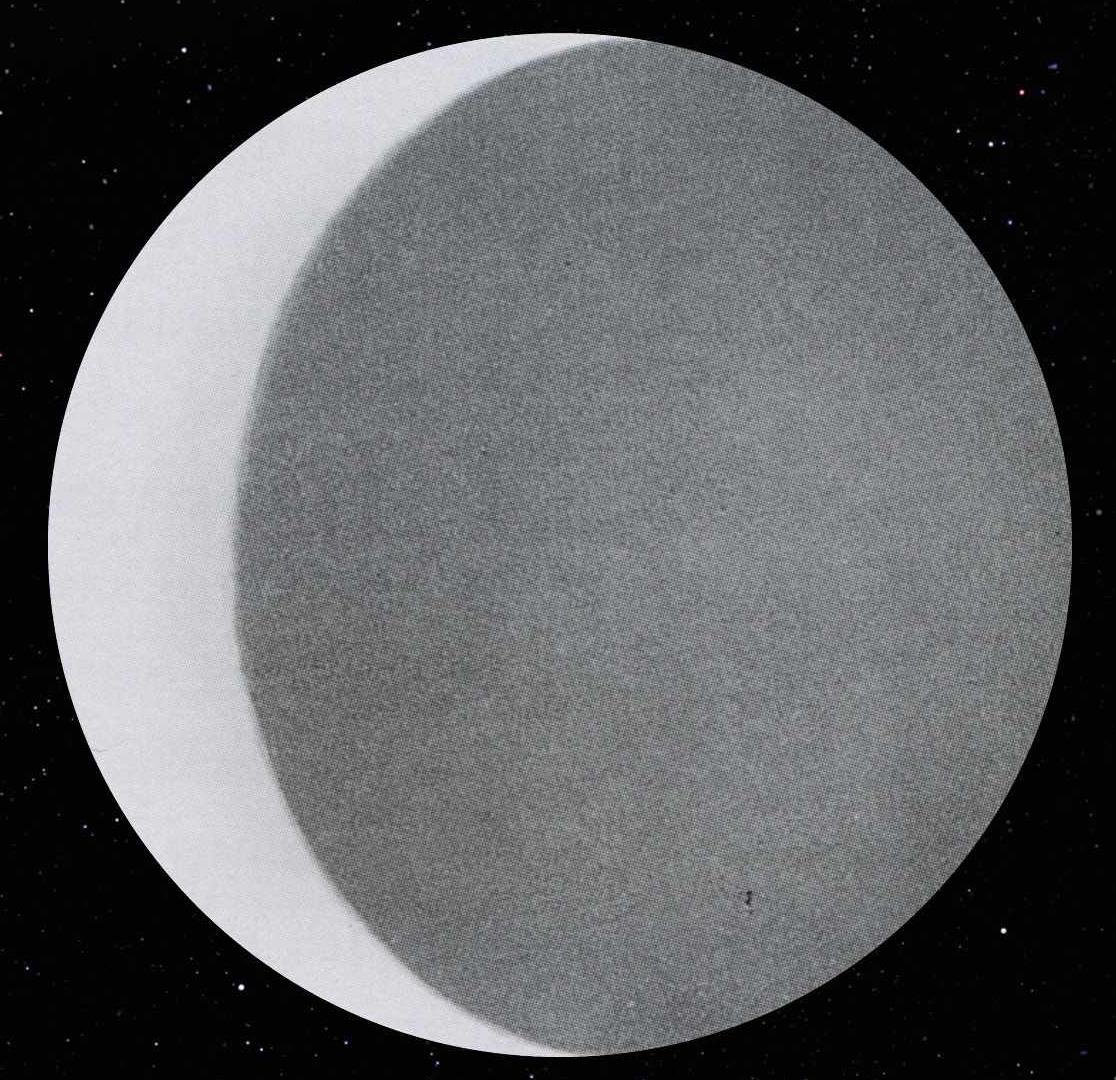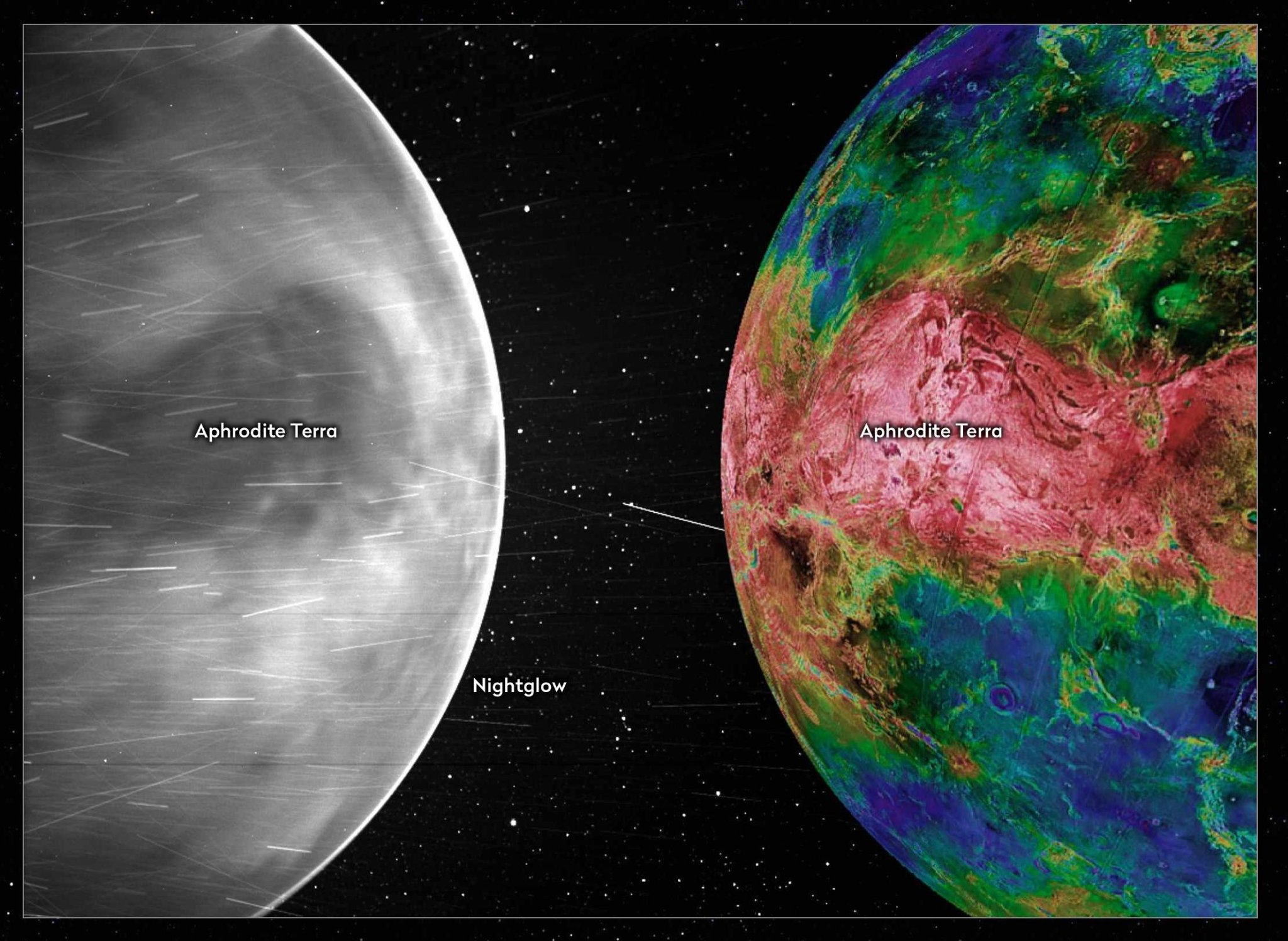Has the Parker Solar Probe solved the mystery of the Ashen Light? Paul G. Abel assesses the evidence

On the evening of 9 January 1643, the Italian astronomer Giovanni Riccioli turned his telescope on to the planet Venus and, in doing so, ignited a mystery that has persisted until the present day. Riccioli was able to observe a dull glow coming from the night side of Venus – a phenomenon called ‘the Ashen Light’.

The Ashen Light is only visible when Venus is in the crescent stage and observed in a dark sky. When present, some (or sometimes all) of the night side of Venus is seen to be glowing with a greyish light. Its appearance is unpredictable, and it seems to be sighted more when Venus is at eastern elongations and visible as an evening star. Over the years, the Ashen Light has been recorded by a number reliable observers – Patrick Moore observed the phenomenon many times and described the effect as looking similar to earthshine on the Moon.
The Ashen Light is a somewhat controversial topic – those in favour of it point out that it has been seen by multiple independent observers who reported very similar details. Those who think the Light is an illusion point out that the phenomenon has never been imaged at the same time as a visual sighting. Of course, by the time Venus is a crescent, it is low in the sky and many imagers concentrate on infrared or ultraviolet images, wavelengths which are not visible to the human eye.
Parker space
So the controversy has persisted without any resolution. Until this earlier year when, on 9 February, NASA announced some interesting results from the Parker Solar Probe. The spacecraft made flybys of Venus on 11 July 2020 and 20 February 2021, and used its wide-field imager (WISPR) to image the night side of Venus in visible wavelengths and near-infrared.

Astronomers realised that the resulting images of the night side showed a lot of surface detail, with large plains and plateaus clearly visible. For the first time, the glowing surface on the night side of Venus had been observed at optical wavelengths. A bright nightglow emission from oxygen atoms high in the atmosphere was also seen at the planet’s limb.
“These results from NASA’s Parker probe show conclusively that the night-side surface can be seen in optical wavelengths”
Could this discovery be the solution to the Ashen Light mystery? These results from NASA’s Parker probe show conclusively that the night side surface can be seen in optical wavelengths. If there are active volcanoes on Venus (and a number of astronomers agree this is likely, myself included) then perhaps during times of heightened activity, the increased surface heat combined with any thinning of the clouds might allow the night-side surface of Venus to be perceived with Earth-based telescopes. This could explain why observations of the Ashen Light are often reported as a patchy glow covering just parts of the night side.
In spite of this recent discovery, we still don’t yet have ‘the smoking gun’. What we really need is a visual observation of the Ashen Light and an image of the phenomenon taken at the same time. Venus will next be in the crescent stage in June 2023 – this will be a good time for us all to observe Venus and see if we can, once and for all, attempt to both see and image the Ashen Light, and finally solve a mystery which has lasted for nearly four centuries.

Paul G. Abel is Director of the British Astronomical Society’s Mercury and Venus section. He is a theoretical physicist at the University of Leicester